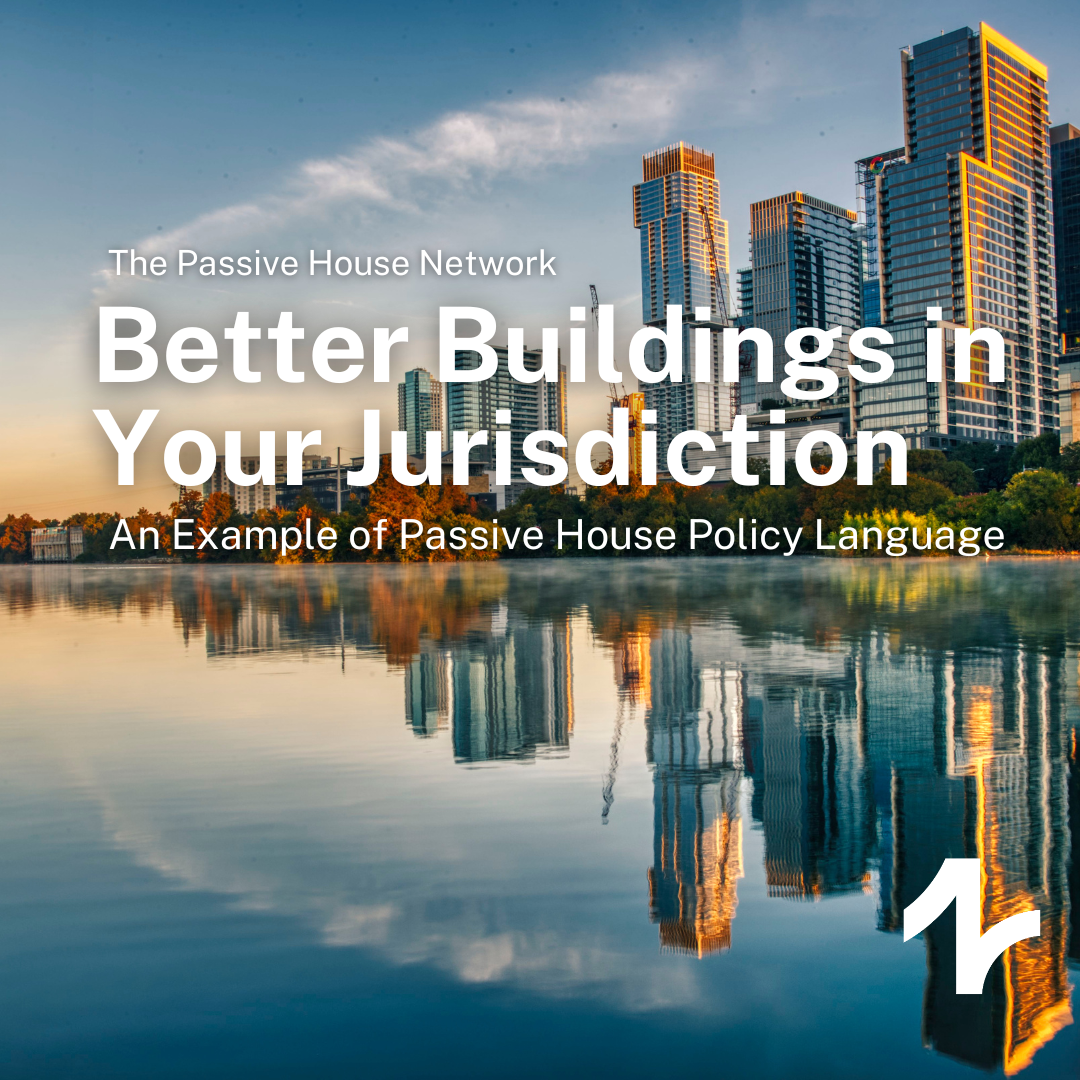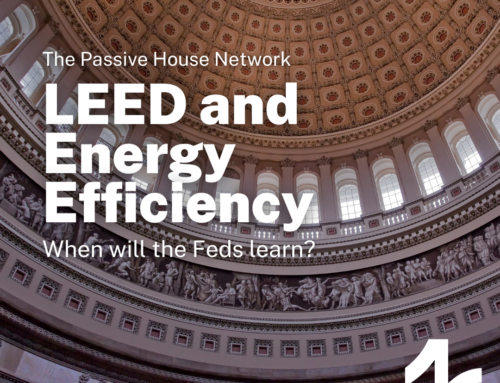Better Buildings in Your Jurisdiction:
An Example of Passive House Policy Language
As an organization dedicated to advancing science-based methods of creating a healthier, more sustainable world, we can’t help but get excited about other organizations doing the same. The more forces we have working to ensure we meet our climate goals, the faster we can lower our carbon emissions and deliver a safer, healthier future for all. That’s why we’re excited about the work that Climate Action California is doing.
Climate Action California is an organization working to hasten the end of the climate crisis, advancing science-based climate policy that will speed the transition to a just, equitable, low-carbon economy and a healthy planet. One of their priorities for 2024 is to add the Passive House standard as an alternative compliance pathway to the building code, reducing operational carbon emissions by approximately 80 percent compared to current California codes.
Climate Action California is encouraging California to follow other states like New York and Massachusetts in implementing Passive House codes, and it stands to reason that other states and municipalities might be wondering how they can start their journey to Passive House building standards. Our brief, Stepping Up to Passive, is a great resource for understanding the best path forward. Paired with CAC’s 2024 Bill Proposal on Implementing Passive House, these resources are great examples to work from when drafting proposals tailored to individual jurisdictions.
Implementing Passive House in Title 24 describes a two-step legislative agenda for accelerating the establishment of a low-energy-demand, high-performance green building standard in California. First, the proposal defines an alternative compliance pathway to high-performance buildings. Then, the proposal outlines incentives for developers and builders to follow the pathway. The document also includes example code language that can help in the process of drafting new policy for other jurisdictions. We encourage those interested in pursuing better building codes for their neighborhoods and beyond to use this resource as a stepping stone to more tailored policy proposals. You can read this great example of Passive House policy language here.
The movement towards Passive House building standards is picking up steam, and there’s good reason. Passive House building standards create safe, healthy structures that slash carbon emissions from the built environment. It’s a sure way to deliver safer, healthier, more efficient buildings for all.
If you want to help accelerate the building revolution, you can start today. Talk to your local policymakers, and consider becoming a Certified Passive House Designer. The Spring session of our CPHD training starts April 18th, but you can register now for immediate access to materials.
A better future is coming, and you can be a part of it—with Passive House.





